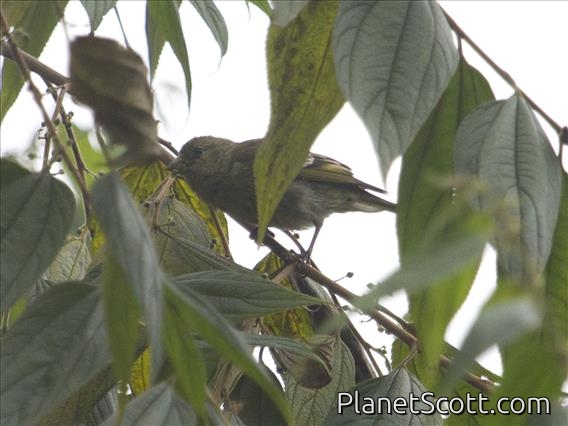Hispaniolan Crossbill (Loxia megaplaga)

Hispaniolan Crossbill (Loxia megaplaga) - Female
×


Hispaniolan Crossbill (Loxia megaplaga) - Female
About Hispaniolan Crossbill (Loxia megaplaga)
- Kingdom: Animals
- Phylum: Chordates
- Class: Birds
- Order: Perching Birds
- Family: Cardueline Finches and Allies
The Hispaniolan crossbill is a crossbill that is endemic to the island of Hispaniola, and the only representative of the Loxia genus in the Caribbean.
Source: Wikipedia
Lifelists
Trips
Visits
-
2014-01-20
Zapoten, Dominican Republic


